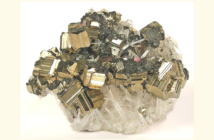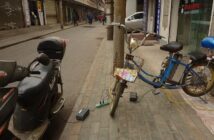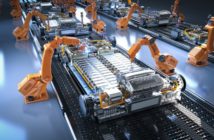Batteries may be more conducive to sustainability, but demands far outweigh supply and it might be Tesla’s fault. The notorious manufacturer is getting the blame for draining the world’s battery supply with high demands on Panasonic – the world’s leading lithium-ion manufacturer whom Tesla is their number one client.
This loyalty has given Tesla first dibs on the battery supply. Panasonic gave most of its Japanese battery supply to Tesla in order to hasten their production.
The need for speed:
Production delays and issues of quality control have plagued Tesla in recent months.

In October, Tesla reported that it produced 260 of its new Model 3 electric cars, and delivered 220 of them. This fell short of CEO Elon Musk’s predictions that they would produce over 1,600 cars by that September.
It’s also causing them to overcompensate at their gigafactory by using too many cylindrical batteries.
Now it’s almost impossible to purchase cylindrical batteries from Japan, where the majority of the world’s electronic manufacturing happens. As a result, other manufacturers are losing out and at the mercy of batteries from Samsung, LG, and Murata.
What is a gigafactory?
Well it’s as powerful as it sounds. The factory is a joint venture between Tesla and Panasonic based in Nevada. It is a lithium-ion battery factory. The name gigafactory comes from the word ‘giga,’ which means the unit of measurement representing billions.
The factory is still under construction, but Tesla is creating its models there to keep up with their demand.
This reflects Tesla’s mission to speed up the world’s dependence on sustainable energy. However, they might not be going about this economically. In order to achieve it’s plans to create 500,000 cars a year by 2018, Tesla alone will need the entire world’s supply of lithium-ion batteries.
Tesla’s plans:
By 2018, Tesla is hoping that the cost of its batteries will decline by over one-third because of this large-scale production.
They are planning on building more gigafactories in the future. It may be leading to the creation of multiple jobs, but it might also lead to unforeseen financial troubles in the future.
Some companies might not be able to get batteries until the first half of 2018.
Potential reasons for Tesla’s backlog:
Tesla isn’t solely responsible for the battery shortage. Consumer products including electric bicycles and other devices have largely strained battery supplies. Many global IT companies, as well as home appliance companies do not have batteries for several months.
Potential lithium shortage:
Within the last few years, the price of lithium almost tripled to over $20,000 a ton due to the demand for electric vehicles. In addition to the competition with smart phones and laptops. According to Bloomberg New Energy, electric car production is expected to increase more than thirtyfold by 2030.
Battery manufacturers are going to need more mines to support the production. Lithium is mined on six continents. In 2015, the majority of the world’s lithium came from South America. If demands continue to increase it might forecast trouble for the future of tech. Perhaps new substances will be used in battery manipulation to compensate for this shortage — albeit, they won’t come without a price.



